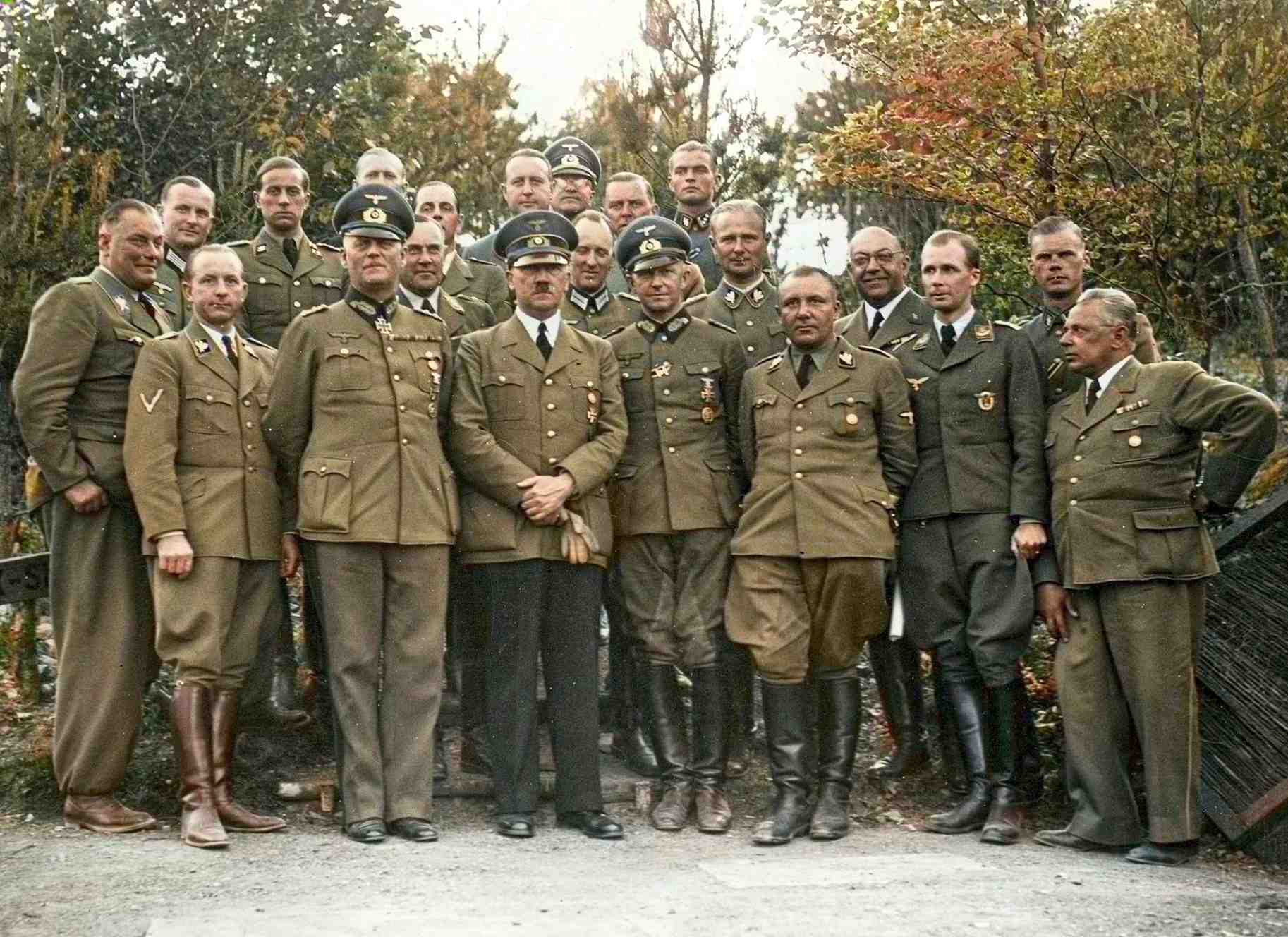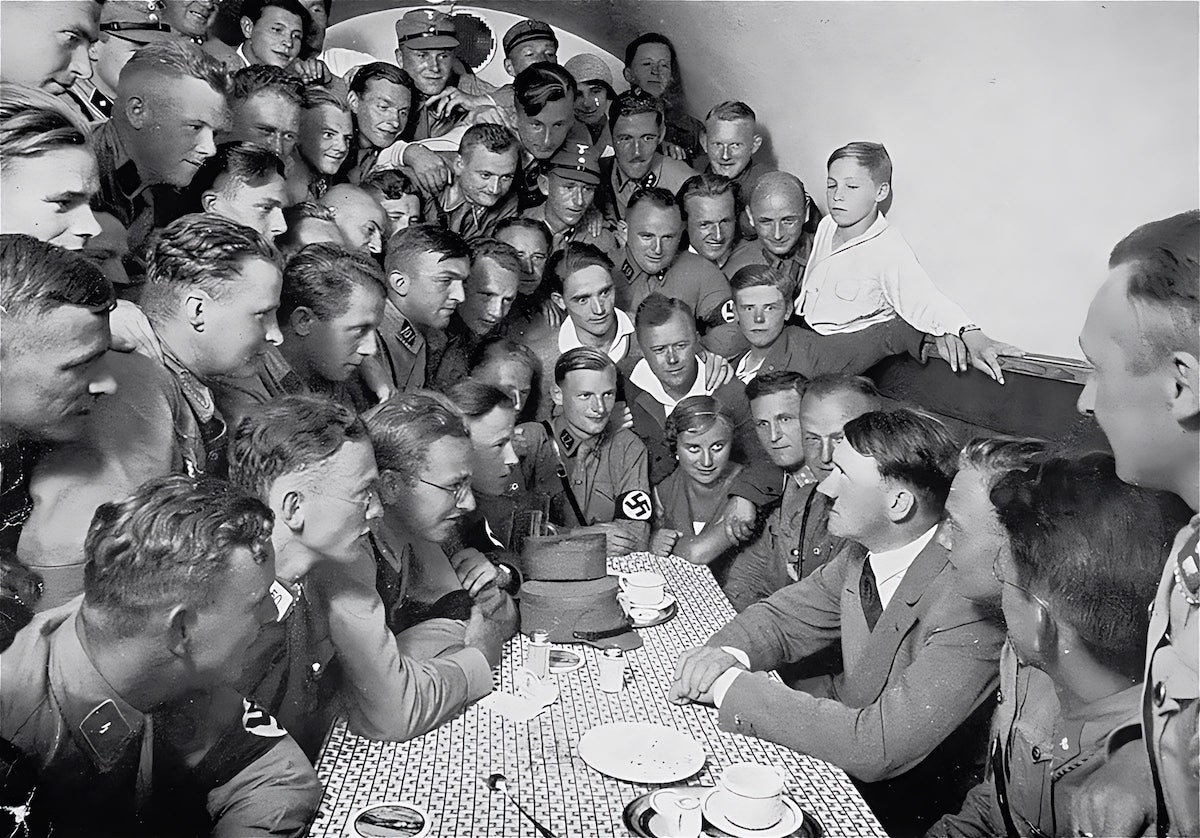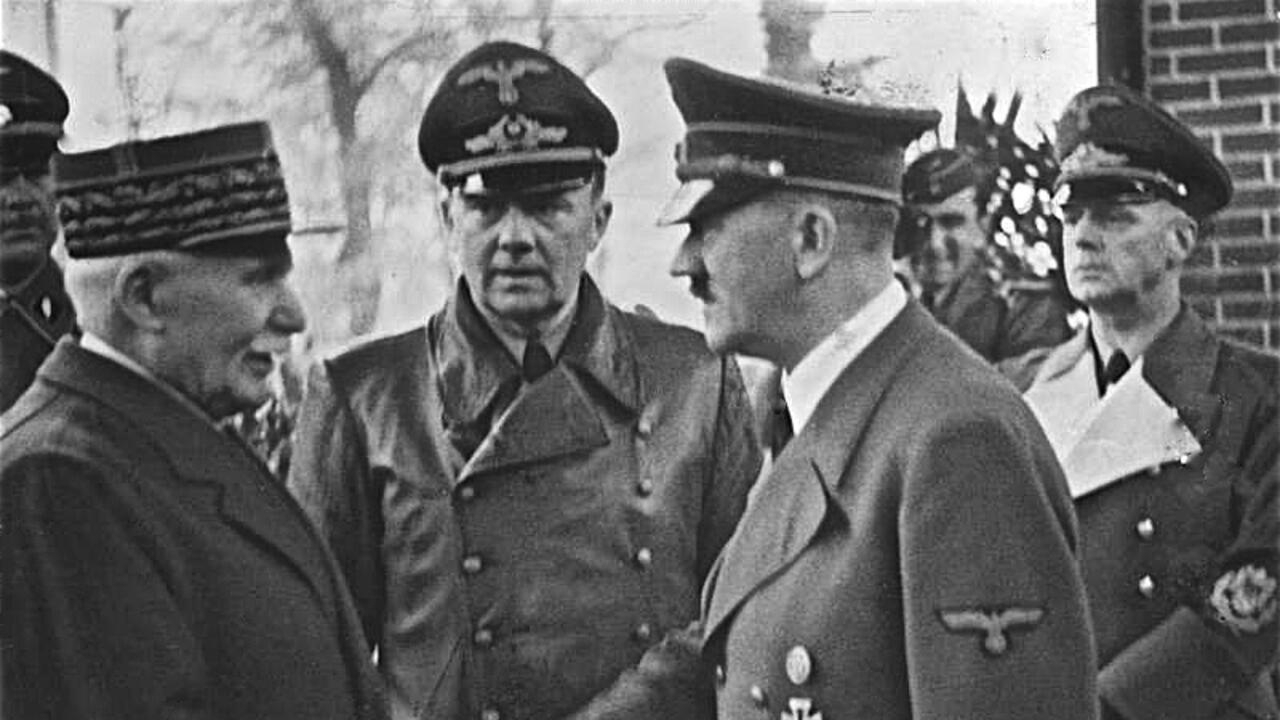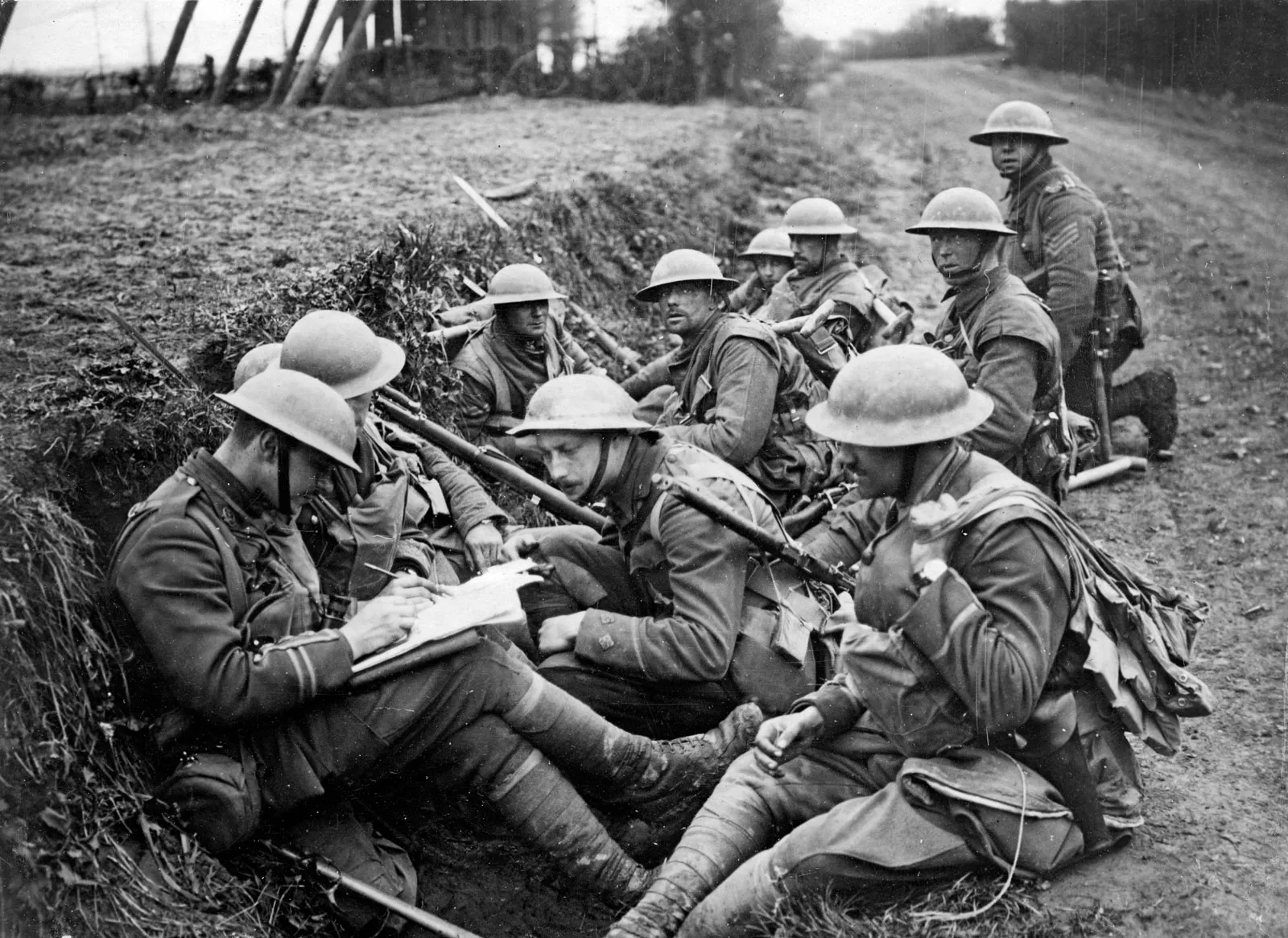After the collapse of Nazi Germany, many Germans sought to excuse their actions during the regime by claiming that “not everything was terrible under Hitler.” Despite the atrocities committed and the millions of deaths and sufferings, they did not speak out against the regime for the entire twelve years, instead choosing to focus on the personal benefits they may have gained, such as employment and personal contentment.
- Allegedly Positive Aspects
- Nazi Propaganda Has Been Partially Successful to This Day
- 1- Hitler Invented the Autobahn
- 2- Hitler Led the Economy Out of the Crisis
- 3- Women Were Highly Valued During the Nazi Era
- 4- Hitler Was Particularly Fond of Children
- 5- Hitler Eliminated Crime
- 6- The Nazi Regime Treated Workers in a Compassionate Manner
Allegedly Positive Aspects
The longstanding loyalty of Nazi Germany’s citizens to their government may be difficult to fathom until you consider the possibility that the dictatorship also had positive aspects. However, the purported benefits of Nazi authority were not made up after the fact.
The Nazi propaganda spent years reinforcing the myth that Adolf Hitler brought law and order to the streets, invented the autobahn, and saved the German economy out of a crisis. The Nazis expertly appropriated the achievements of the Weimar Republic and continued to build on them. Some discoveries were downplayed, while others were ignored entirely.
Nazi Propaganda Has Been Partially Successful to This Day
The Nazi propagandists were so effective that the myths they spread about the positive things that Hitler and his government did for the Germans are still, to some extent, ingrained in people’s minds. A 2007 study by Forsa found that one in four people thought some good could have come from living under Nazi tyranny.
A poll conducted in Austria in March 2013 is even more current and disturbing. 75 years after the “Anschluss” of the Alpine Republic to Hitler’s Germany, about 42% of people still think that the “Third Reich” definitely had some good things about it. Here are six myths the Nazis spread through propaganda and some people still believe today.
1- Hitler Invented the Autobahn
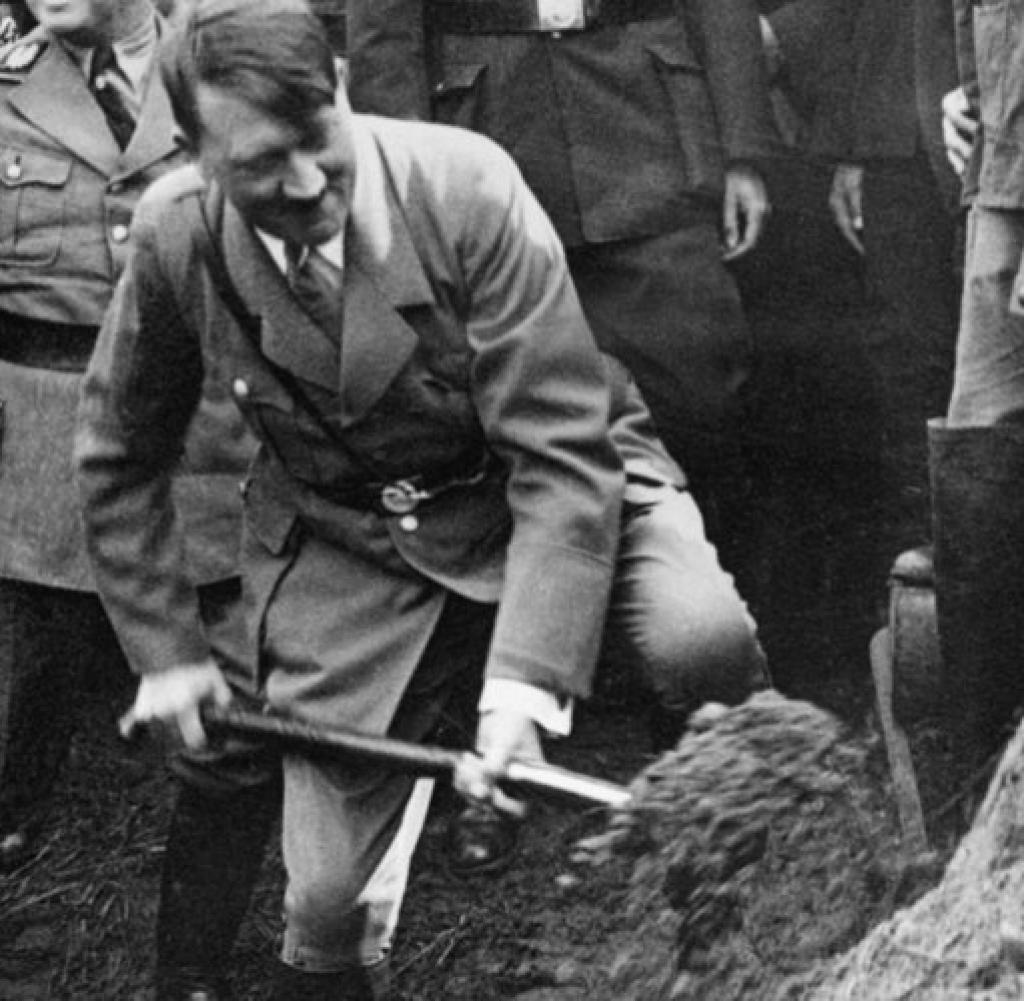
The statement “The autobahns are a legacy of Hitler’s rule” is often used as an example of the belief that there were some positive aspects of the Nazi regime, also known as the “Third Reich.”
However, while Adolf Hitler’s brilliant theory that a criminal dictatorship can be excused on principle because it constructed roads and bridges is perhaps debatable, it is also demonstrably false. Hitler neither invented nor built the first autobahn, even though Nazi propaganda said otherwise. The notion of the autobahn had already existed during the period of the Weimar Republic. This makes sense, as it would take a long time to organize and launch such a massive undertaking.
On September 23, 1933—over six months after becoming Reich Chancellor—Hitler began construction of the “Reichsautobahn,” connecting Frankfurt and Heidelberg by way of Darmstadt and Mannheim. A lot of propaganda was produced, hailing the “Führer” as the brains behind the first person to construct this groundbreaking technology.
However, the future German chancellor, Konrad Adenauer, was previously the Lord Mayor of Cologne, and the first section of the autobahn, from Cologne to Bonn, was opened to the public on his watch in 1932. This road used to be a highway, but the Nazi regime changed it to a rural road.
2- Hitler Led the Economy Out of the Crisis
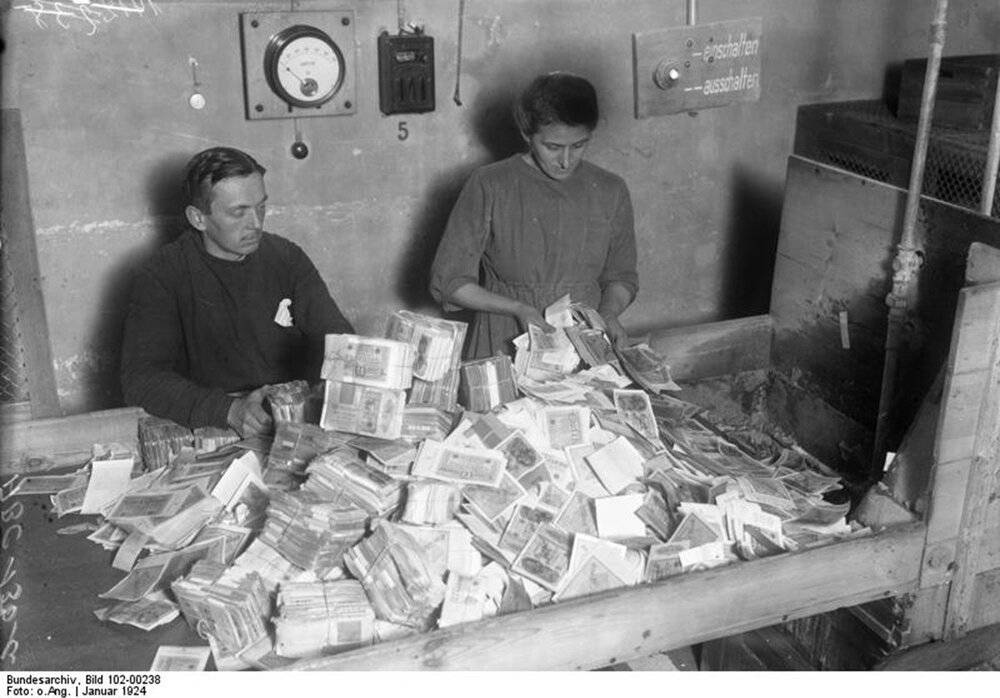
Another Nazi myth that had a lasting impact is related to the construction of the first autobahns. The Nazis claimed that building the autobahns would provide employment for the large number of unemployed people, thereby helping the German people to regain access to income and food during the global economic crisis. However, this was a false claim made by the Nazis.
The global economic crisis started at the end of the 1920s, which was responsible for the loss of employment for large segments of the population. In 1932, there were approximately 12 million working Germans, compared to more than 6 million unemployed. The Nazi regime gained immense power during this time of turmoil. The Nazi Party had a meteoric rise in the polls during the 1930 and 1932 Reichstag elections.
The Economy Began to Recover Even Before the Nazi Regime Took Hold
In fact, after the fall of 1932, there were the first signals of economic recovery. According to current research, the seasonal increase in the unemployment rate was not as severe as it had been in past years, especially in the fall and winter.
Almost immediately, the NSDAP saw a severe drop in support at the November 1932 election. In reality, Hitler’s popularity had been on the decline for some time prior to his recommendation as Reich Chancellor by former Chancellor Franz von Papen, banker Kurt Freiherr von Schröder, and leaders of Rhineland-Palatinate heavy industry to Reich President Paul von Hindenburg. On January 30, 1933, the latter officially swore him into office.
The German economy was already on the mend when the Nazis took control. Afterward, the Nazis claimed all the glory for the country’s booming economy. The Nazis’ favorite device for claiming credit for the economy was really a Weimar-era invention: job-creation schemes. The idea was conceived by Kurt von Schleicher, the last Chancellor of the German Democratic Republic, with the primary goal of combating unemployment.
Without the War, Nazi Germany Would Have Been Bankrupt
Hitler temporarily continued to manage the programs implemented by von Schleicher’s specialists, but he now carried out these tasks in a more public manner. The current research indicates that the highly publicized construction of highways had a minimal impact. At any given time, there were never more than 130,000 people working on highway construction.
Magnus Brechtken, who is Deputy Director of the Institute of Contemporary History in Munich and Berlin, says that the large-scale rearmament of the Reichswehr was “far more important” for the steady drop in unemployment.
However, the Nazis spent significantly more money on this than the state did. Rearmament was paid for with borrowed funds. “Without the commencement of the war in 1939, Germany would have gone bankrupt shortly after,” the historian explains.
Women Had to Give Up Their Jobs for Men
By discouraging women from seeking employment, the Nazi regime was able to make unemployment appear lower than it actually was. It was a lie, but it helped spread the idea that the Third Reich had a good program for finding jobs.
3- Women Were Highly Valued During the Nazi Era
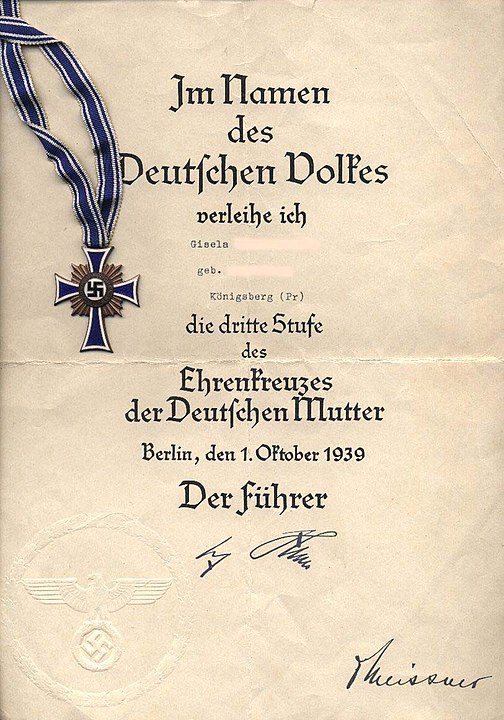
“There is no greater nobility for a woman than to be the mother of the sons and daughters of a people.” This Adolf Hitler quote from May 9–15, 1938, is illustrative of the Nazi idealization of women.
The women under the Nazi regime were urged to have as many children as possible so that the “Aryan race” would continue to exist and, if the children were boys, they could fight for the “Führer.” Ultimately, the Nazi government considered women exclusively as childbearing machines. The Nazis established a veritable religion around the “German mother.”
They began celebrating Mother’s Day as a religious holiday in 1934, one year after declaring it a national holiday the previous year (1933). And in 1938, in the run-up to the war, Hitler issued a decree endowing the “Cross of Honor of the German Mother,” to be bestowed on women with at least four children.
During World War II, millions of German women were honored with this medal, which varied in quality from bronze to gold based on the number of children they had.
They Were Thrown Out of the Labor Market
In order to be able to commit themselves entirely to their position as mothers, working women were to exit the labor market, which at the same time opened up employment for jobless males. The Nazi regime intended to attain this result, and they intended to do it in part through propaganda. In addition, the Nazi regime passed laws that made it nearly impossible for most women to ever work.
However, the Nazi dictatorship could not sustain its ideology in the long run. Because military rearmament required an increasing number of people in the later years. Until October 1937, a woman’s ability to work outside the home was considered when deciding whether or not to grant a newlywed couple a loan for household expenses.
The Nazis Considered Emancipation to Be an Invention of the “Jewish Mind”
Under National Socialism, there was no way that women were regarded with respect. The fact that they only made up a tiny fraction of the NSDAP ranks was another evidence of their lesser significance for the Nazis.
95% of the Nazi Party members in 1933, for instance, were men. However, women were not meant to vote since the Nazi regime saw liberation as the product of the “Jewish mind.” Instead, the women were expected to put the needs of the “national society” (Volksgemeinschaft) ahead of their own and devote themselves fully to motherhood.
4- Hitler Was Particularly Fond of Children
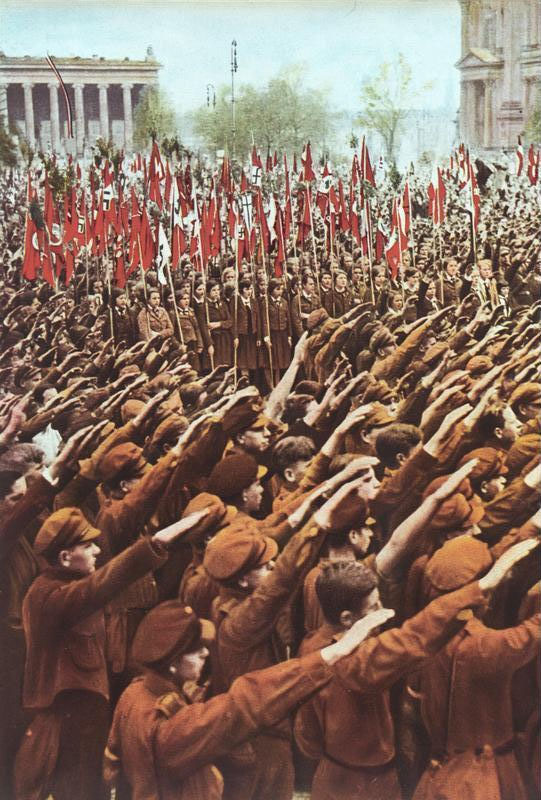
Children were the future of the German Reich, destined to either increase the “Volksgemeinschaft” by procreating in large numbers to ensure the Reich’s survival or spread the German language and culture over the world as soldiers. Children were heavily featured in Nazi propaganda. In fact, the Nazi government specifically went after children to turn them into extremists.
The following generation was taught that National Socialism represented the zenith of Germany’s development. In geography classes, the German government used maps to show that foreign territories were part of the German national territory. This was done so that even the youngest students would understand that Germany had a right to these areas. Topics in the classroom changed to include “theories of racial heredity” and the rising expense of healthcare for the elderly and the crippled.
Future NSDAP leaders could attend prestigious schools like the National Political Institutes of Education (“Napolas”) or Adolf Hitler Schools (AHS). Indoctrination was strengthened in these schools. The 2009 film “Herrenkinder” (“Children of the Master Race”) serves as a vivid example of how the experiences in these educational institutions continued to impact many pupils even after 1945.
The Hitler Youth and the League of German Girls
National Socialism’s influence over adolescents and teenagers extended well beyond the classroom. All boys and girls turning ten in Germany after 1939 were forced to join the “Jungvolk” or “Jungmädelbund,” and those turning fourteen were required to join the “Hitler Youth” or “League of German Girls.”
They were intended to intentionally remove children from the influence of their parents in order for them to be trained in the spirit of the racial Nazism philosophy. This often led to big fights within the family, especially if one or both parents were Christians.
Hitler reiterated this point in his address at Reichenberg on December 2, 1938, saying:
These boys and girls enter our organizations [at] ten years of age, and often for the first time get a little fresh air; after four years of the Young Folk, they go on to the Hitler Youth, where we have them for another four years… And even if they are still not complete National Socialists, they go to the Labor Service and are smoothed out there for another six to seven months. And whatever class consciousness or social status might still be left… the Wehrmacht [German armed forces] will take care of that.
Adolf Hitler (1938) — Source: Holocaust Encyclopedia
The final statement expresses an especially pessimistic outlook on the war’s final year. Children born in the second half of the 1920s were particularly vulnerable, as they began their formal education immersed in Nazi propaganda.
Children and teens who the Nazi dictatorship thought were “not worth living,” like Jews, Sinti, Roma, and people with mental or physical disabilities, had been killed by the Nazis for a long time.
In the name of “euthanasia,” at least 5,000 children have been killed. The concept that the Nazi leadership cared about children in any way is one of the biggest lies told about National Socialism.
5- Hitler Eliminated Crime
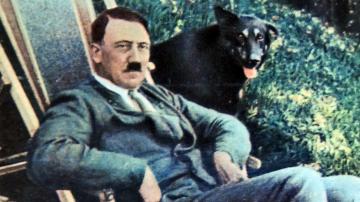
Another argument that is often used to defend the “Third Reich” is that Hitler was able to keep some kind of order and discipline, and that crime was almost nonexistent during the Nazi dictatorship. As with all Nazi propaganda that tries to sound real, there is some truth in this claim.
The National Socialists turned Nazi Germany into a totalitarian police state that spied on its population. The people of the country were not only subject to the police and the Gestapo, but also to the Blockleiter (Block Warden).
Under the Nazis, Violence Came Mainly from the Police and Gestapo
People under the Nazi regime exercised strict self-control “since everyone had to worry about being accused,” historian Magnus Brechtken argues. A system of monitoring and intimidation existed. Many Germans, therefore, would not have broken the law or done other things they would have done in a freer society.
The Nazi regime made up data to give the impression that everything was safe and in order when, in reality, it wasn’t. However, under the Nazi administration, many Germans were subjected to more widespread brutality than they had ever seen before. This time, however, the threat came from the state itself.
The War Made German Society More Brutal
Nazi propaganda publicly lauded the March 1933 establishment of the Dachau concentration camp. The goal of the facility was to rehabilitate those labeled “vermin of the people” (Volksschädling) into “good people’s comrades.” If they made it out of the concentration camp alive, the captives had to remain quiet about their experiences there. In doing so, they would have discredited the propaganda.
When war broke out, every remaining sense of safety or order vanished along with it. From 1939 on, there was a dramatic surge in violent crime. The conflict led to a gradual and energizing disintegration of the bounds of violence. Fanatical Nazis did horrible things in the last months of the Third Reich, not just to POWs and survivors of concentration camps but also to “regular” Germans who worked with the enemy or refused to fight until the “ultimate victory.”
6- The Nazi Regime Treated Workers in a Compassionate Manner
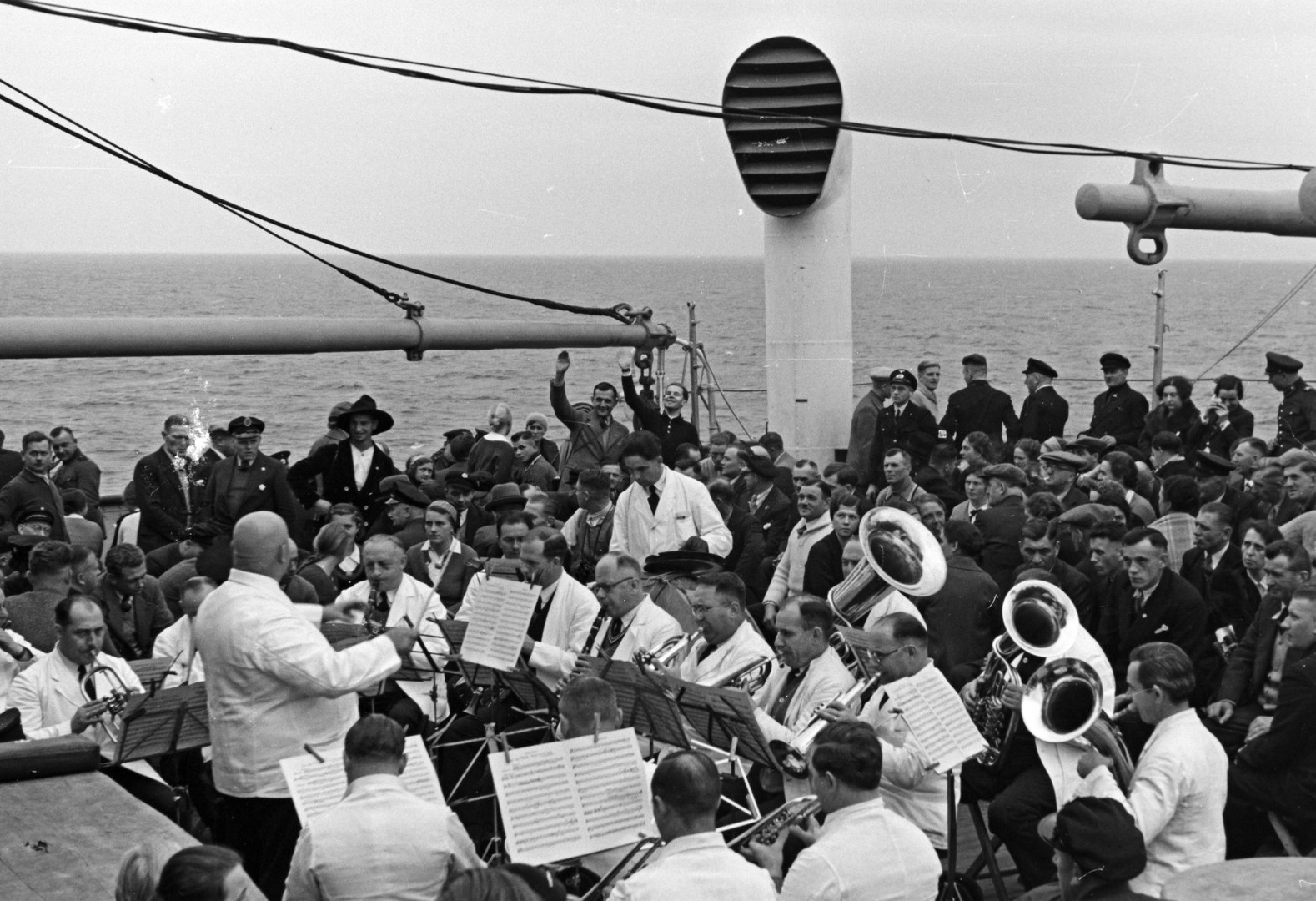
The Nazi regime placed a premium on the support of the working class. Nothing could be rearmed or gained in the battle without them. Although the bulk of workers have historically been more loyal to the Social Democrats and the Communists, therefore, the Nazi administration needed to court their support. This is why the Nazis put so much stock in portraying themselves as the vanguard of the fight against joblessness; in contrast to the other parties, who, according to their propaganda, had failed to achieve this goal.
The Nazis Turned May Day Into a Propaganda Show
To pacify the working class, the Nazi leadership declared May 1 a public holiday as early as the first week of April 1933. This holiday did not require any cost to the employee and appeared to fill a long-standing chasm in the labor movement. However, the Nazi regime reinterpreted the meaning of May 1, using it to hold marches and rallies celebrating the “Volksgemeinschaft” (the national community), and excluding groups such as Jews, homosexuals, and individuals with mental illness.
Trade Unions Were Destroyed, and Officials Were Imprisoned
On May 2, 1933, the Nazi dictatorship finally demonstrated its true feelings for a free workforce. The homes of the Free Trade Unions were invaded by SA and Nazi trade unionists, their assets were stolen, and their top officials were imprisoned and abused. By the summer, the Nazis had broken up every other union and put its members into the German Labor Front.
The Myth of Kraft durch Freude (Strength Through Joy)
The “Strength Through Joy” organization contributed considerably to the perception that the powerful cared about their workers by giving low-cost vacations and other sorts of amusement. The deed, however, was not performed out of compassion or to do something kind for others.
It was more about keeping the so-called “Aryan race” healthy and increasing labor efficiency, notably in the arms industry. No one whom the Nazis deemed to be an outsider was eligible for any of the benefits. Also, during the war years, all people who were called “Volksschädling” (“human pests”) could have been persecuted, sent away, or even killed.


